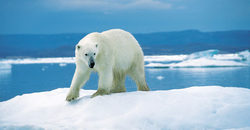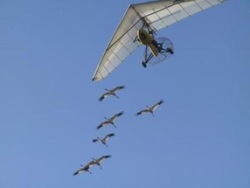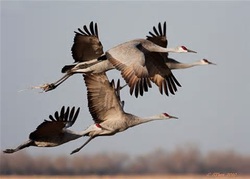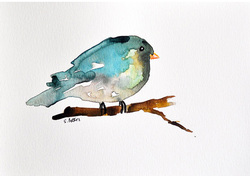
The picture here was off of Capitola CA and was posted in the Santa Cruz Sentinel.
Please watch the whale video here.
http://www.bing.com/videos/search?q=Pierce+Brosnan+whales+and+sonar+&qs=n&form=QBVR&pq=pierce+brosnan+whales+and+sonar+&sc=0-15&sp=-1&sk=#view=detail&mid=75152E926DCDBA0B30C375152E926DCDBA0B30C3







 RSS Feed
RSS Feed
